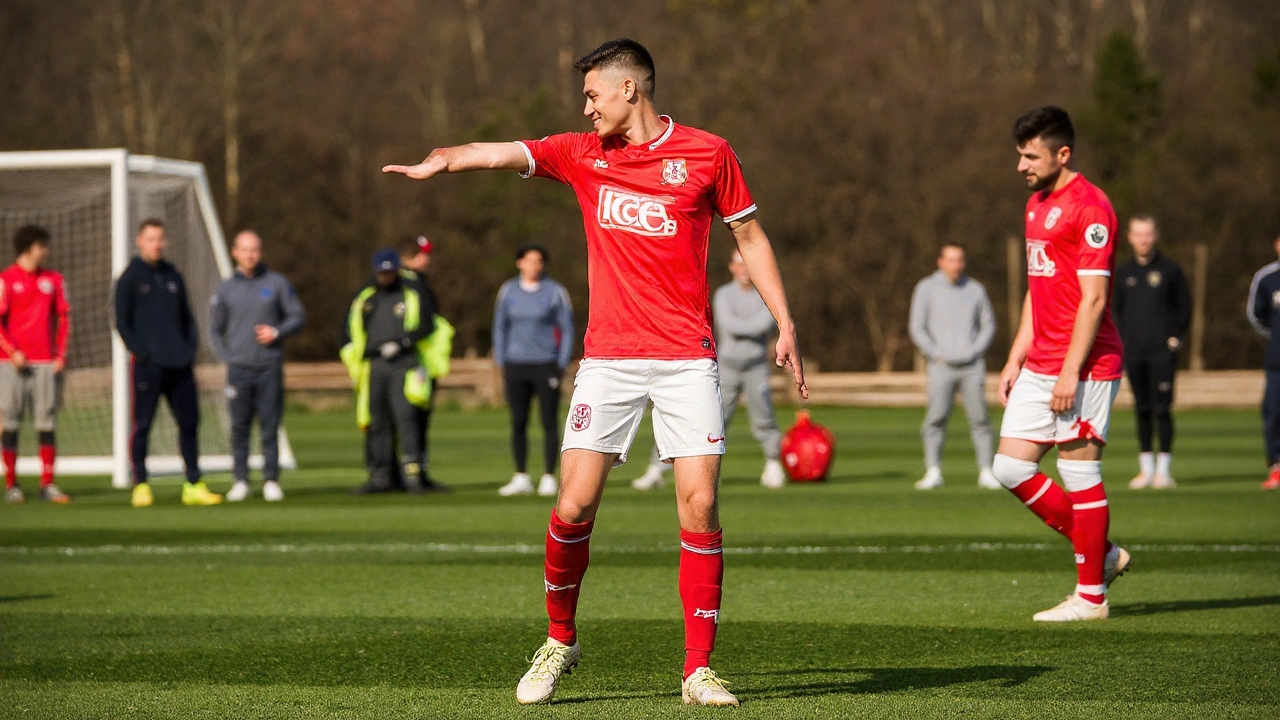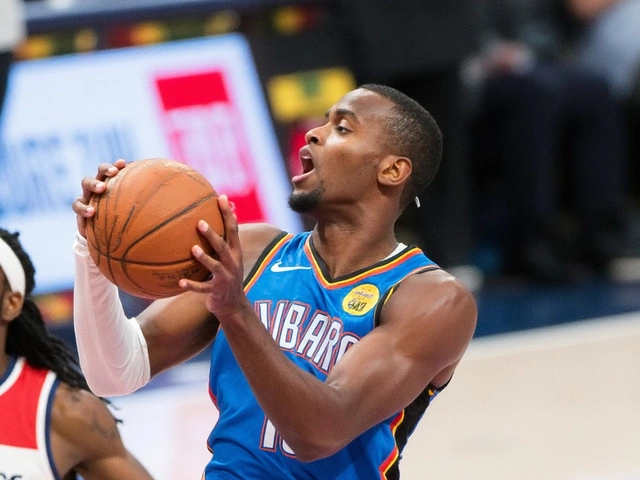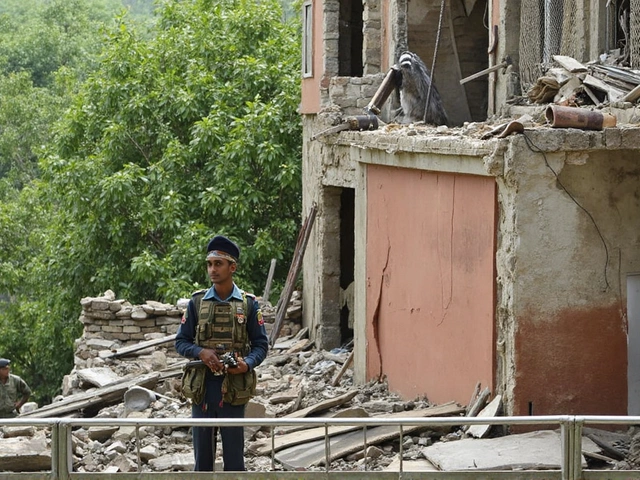Team selection and form
Two clubs that take youth seriously meet again at the TSG Training Centre, with QPR U21 welcoming Charlton’s under-21s for a fixture that matters on more than one level. It’s not just about points in the Professional Development League. It’s about auditions, habits, and who looks ready to nudge closer to senior football.
QPR’s youngsters, guided by Paul Furlong, lean into home advantage here. Training-ground games can be cagey, but the surroundings tend to sharpen focus. Staff can watch from close range. Decisions get scrutinized. For some, this is the week that turns a coach’s “maybe” into a “yes” for the next cup squad or a first-team training block.
Charlton arrive with selection talking points. Inside the club, the conversation has revolved around minutes and opportunities, and whether to hand a start to Kelman against his former club. He’s been busy without the goals to match, so a start would be a trust signal as much as a tactical decision. Leaburn and Campbell are also in contention, and their profiles—pace, physicality, direct running—change how Charlton can attack space. While Nathan Jones’s first-team priorities sit above all else, the broader club rotation in recent weeks suggests Charlton won’t be shy about using this game to top up match fitness and test combinations.
There’s recent history to feed off, too. The last time these sides met at this level, it ended 2-2, an open game where Charlton found the net through Henry Rylah and Ibrahim Fullah. Coaches often replay fixtures like that to teach game management: what to do at 1-0 up, how to protect a lead, and when to gamble on a press versus sit.
For QPR, the goal is consistency—knitting together full 90-minute performances that reflect the club’s development standards. A strong showing at home usually means clean build-up play from the back, wingers getting at full-backs, and midfielders willing to take the ball on the half-turn. Charlton, by contrast, tend to live comfortably in transition at this age group and will try to draw QPR into traps before breaking quickly into space.
Both clubs can point to graduates who made the jump. QPR’s pathway has turned academy promise into Premier League-ready talent before—think of how Ebere Eze and Ilias Chair developed in west London. Charlton’s academy is a point of pride, producing top-flight defenders like Joe Gomez and Ezri Konsa. That pedigree helps keep standards high in games like this, even without a big crowd.
What to expect tactically
Expect QPR to be front-foot. Under Furlong, the blueprint usually includes early pressure on opposition center-backs, full-backs pushed on, and a No. 8 willing to arrive late in the box. The risk? Space in behind the advanced full-backs. That’s exactly where Charlton can hurt teams if Leaburn or Campbell pull wide and run channels.
If Kelman starts, Charlton get a focal point who can play on shoulders or drop in to link play. That dual threat shapes everything around him—wide players can tuck in to combine, or they can stretch the back line and leave central pockets for a late runner. If he’s used off the bench instead, watch for a late-game switch: Charlton often turn to fresher legs to attack tired defenders with direct balls and second-phase pressure.
QPR’s midfield balance is the hinge. If the hosts control the middle third, they’ll tilt the pitch and create wave after wave of attacks. If they get dragged into a stretched game, Charlton’s transitions will bite. Look for QPR’s pivot to screen passes into feet and kill counters before they start. One well-timed tactical foul can be the difference between a reset and a one-on-one.
Set pieces could be decisive. At this level, restarts swing matches fast. Charlton like near-post traffic with runners curving into the six-yard box. QPR tend to vary delivery—short routines to shift markers, then a deeper cross to the back post. Whoever adapts quicker to the flight and pace of the ball in windier training-ground conditions will earn cheap chances.
There’s also the question of minutes management. Development squads often plan substitution windows in advance—45 minutes for one player, 30 for another—based on workloads tracked by sports science. Don’t be surprised if the game resets around the hour mark as both benches roll changes. That phase often opens up the contest: pressing drops a touch, gaps appear, and wingers start to win isolated duels.
Five things to watch:
- Early press from QPR: do they win the ball high in the first 15 minutes?
- Charlton’s out-ball: who attacks the space behind QPR’s full-backs, and how quickly?
- Kelman’s role: fixed No. 9 holding the line or a connector dropping into midfield?
- Set-piece focus: first contact and second balls on corners and long throws.
- Game management after goals: do either side over-commit and get punished?
Beyond tactics, this is also about behaviors coaches want to see: communication across the back line, wide players tracking full-backs, forwards pressing on triggers instead of chasing shadows. You’ll often hear staff praise “good pictures” after these games—meaning players recognized patterns early and chose the right pass under pressure.
For QPR, success looks like a clean performance with secure build-up, quick switches to isolate wingers, and a ruthless edge inside the box. For Charlton, it’s about efficient transitions, clever movement from the front line, and compact defending that denies QPR the central lanes. Both will want to leave the pitch feeling closer to first-team standards in tempo and decision-making.
The setting matters. The TSG Training Centre keeps the noise down and the details loud—every touch, shout, and second-ball duel carries. It’s a perfect measure of who can handle instruction in real time. That’s the point of the Professional Development League: high-stakes learning without the glare of a stadium, where one good habit formed in August pays off when a manager needs a fearless option in December.
Whether it finishes tight or opens up late, this one should tell us plenty about where these groups are in their journey. The last meeting gave us goals and momentum swings; the rematch offers another checkpoint. For the players, it’s simple: show you’ve taken a step. For the clubs, it’s another chance to test the pathway that has defined their identity for years.





